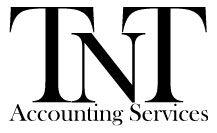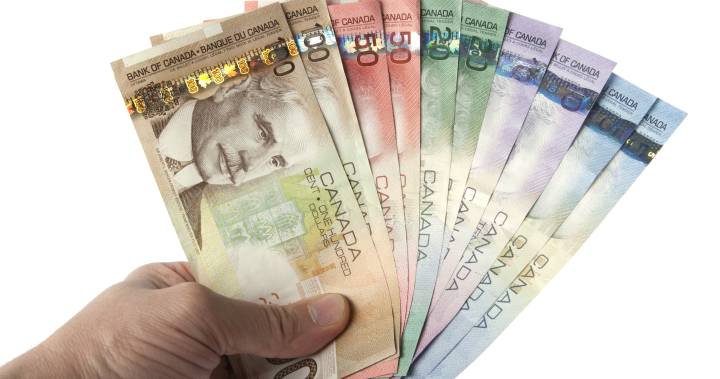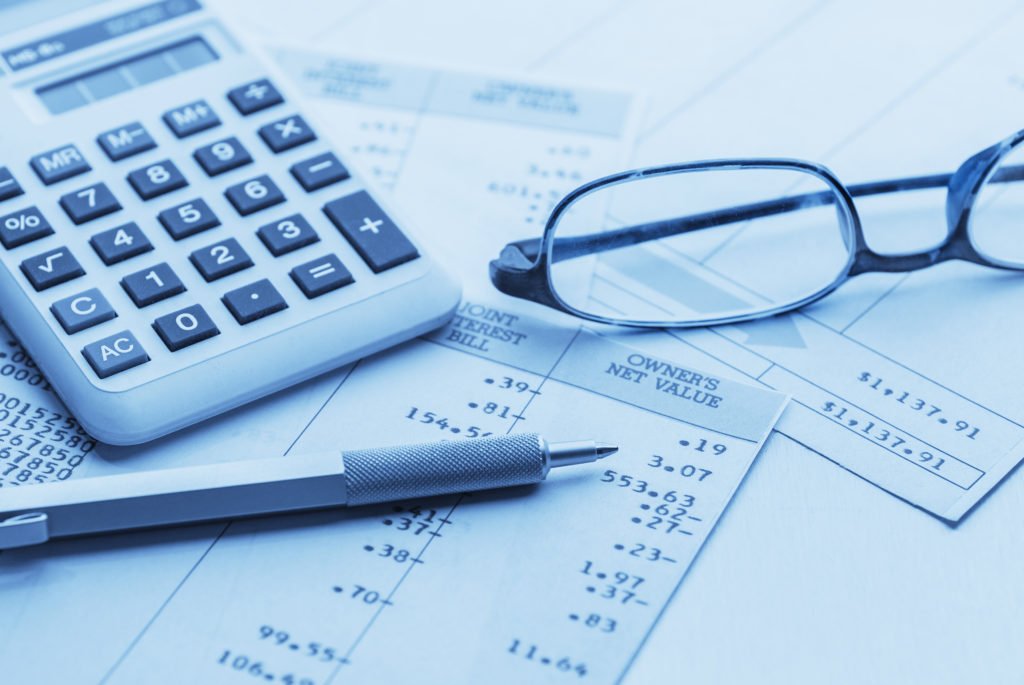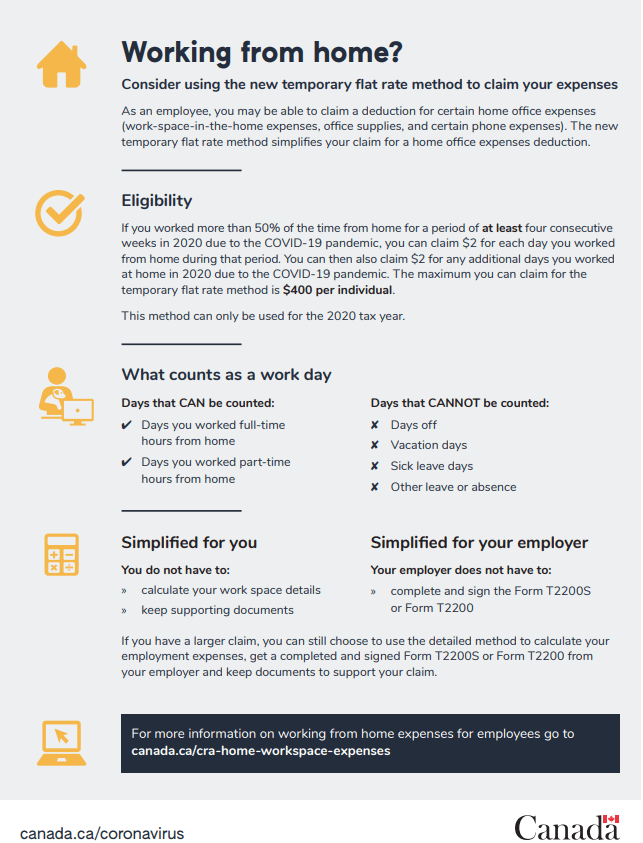Excerpt from CRA Website
The CRA’s services
Submit your service feedback online!
You can submit a complaint, compliment, or suggestion to the CRA using the new Service Feedback RC193 online form. This online form can be used by individuals, businesses, and representatives.
COVID-19 benefits and your taxes
Amounts received related to COVID-19
If you received federal, provincial, or territorial government COVID-19 benefit payments, such as the Canada Recovery Benefit (CRB), Canada Recovery Caregiving Benefit (CRCB), Canada Recovery Sickness Benefit (CRSB), or Canada Worker Lockdown Benefit (CWLB), you will receive a T4A slip with instructions on how to report these amounts on your return. These slips are also available in My Account for individuals.
If your income was tax exempt
If your CRB, CRCB, CRSB, or CWLB income is eligible for tax exemption under section 87 of the Indian Act, complete Form T90, Income Exempt from Tax under the Indian Act, and file your 2022 Income Tax and Benefit Return or simplified return to claim the tax withheld on your CRB, CRCB, CRSB, and CWLB payments. For more information, see Taxes and benefits for Indigenous peoples.
Request to deduct federal COVID-19 benefits repayment in a prior year
Complete and attach Form T1B, Request to Deduct Federal COVID-19 Benefits Repayment in a Prior Year, to your 2022 Income Tax and Benefit Return to request to have the amount of federal COVID-19 benefits that you repaid in 2022 deducted on your 2020 or 2021 return or split between your 2022 return and the return for the year that you received the benefit. The CRA will then automatically reassess your return(s) to apply the deduction so that you do not need to make a separate request to change your prior year return(s).
To get a copy of Form T1B, go to Forms and publications or call 1-800-959-8281.
For more information about deducting federal COVID-19 benefits repayments, see line 23210.
Individuals and families
Air quality improvement tax credit
If you were self-employed or a member of a partnership in 2022, you may be eligible to claim a refundable tax credit equals to 25% of your total ventilation expenses to improve ventilation or air quality at your place of business.
For more information, see line 47557.
Critical mineral exploration tax credit
The critical mineral exploration tax credit (CMETC) is a new 30% investment tax credit for the exploration of specified minerals. The CMETC will only apply to expenditures renounced under eligible flow-through share agreements entered into after April 7, 2022 and before April 1, 2027.
For more information and to claim this credit, see Form T2038(IND), Investment Tax Credit (Individuals).
Disability tax credit
For 2021 and later tax years, an individual diagnosed with type 1 diabetes is deemed to have met the two times and 14 hours per week requirements for life-sustaining therapy.
For more information, see Guide RC4064, Disability-Related Information.
First-time home buyer’s tax credit
The amount used to calculate the first-time home buyers’ tax credit has increased to $10,000 for a qualifying home purchased after December 31, 2021.
Home accessibility tax credit
The annual expense limit of the home accessibility tax credit has increased to $20,000.
Labour mobility deduction for tradespeople
The labour mobility deduction provides eligible tradespeople and apprentices working in the construction industry with a deduction for certain temporary relocation expenses. Eligible individuals may be able to deduct up to $4,000 in eligible expenses per year.
If you are eligible to claim this deduction, complete Form T777, Statement of Employment Expenses.
For more information, see Guide T4044, Employment Expenses.
Medical expense tax credit (for surrogacy and other expenses)
The list of eligible medical expenses has been expanded to include amounts paid to fertility clinics and donor banks in Canada to obtain donor sperm or ova to enable the conception of a child by the individual, the individual’s spouse or common-law partner, or a surrogate mother on behalf of the individual. In addition, certain expenses incurred in Canada for a surrogate or donor are considered medical expenses of the individual.
For more information, see line 33099.







